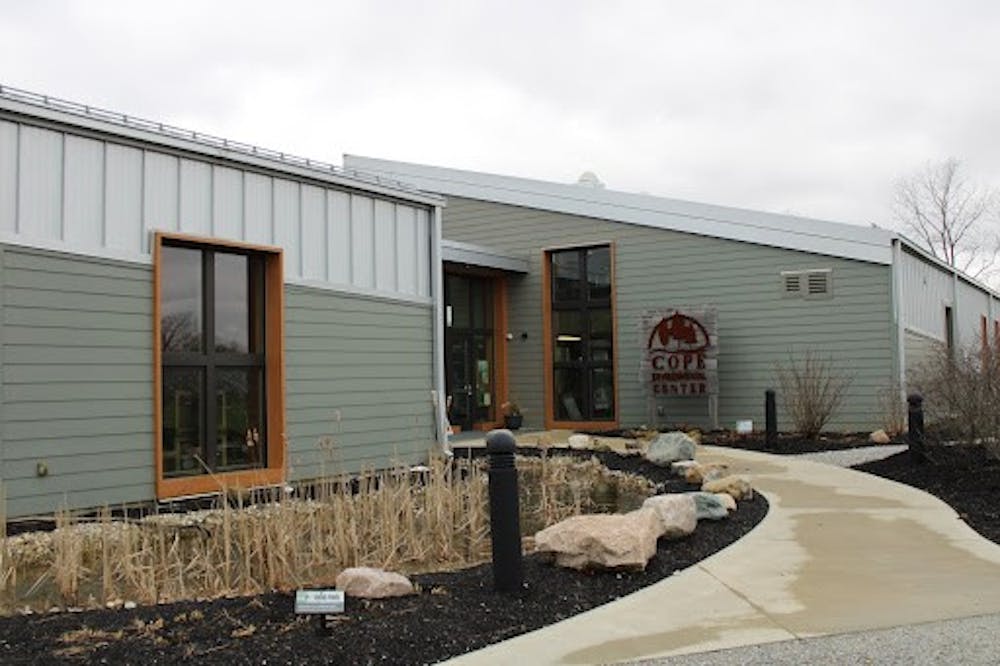With the impact of climate change growing, some companies see it imperative to change the design and construction of buildings, with the goal of giving back to the environment as much as they take. However, this does not come without challenges, as every office, home and store would have to maintain net-zero energy and water levels. The materials used to make these structures would have to be ecologically friendly and properly disposed of. Then, they must perform consistently.
This is a difficult feat, but it isn't impossible, and that’s why this is the long-term picture the International Living Future Institute (ILFI) envisions.
According to its website, ILFI defines itself as an ecologically conscientious nonprofit. Ultimately, its goal is to fight climate change by vying for the world’s cities to reduce and eventually eliminate their use of fossil fuels.
Since its conception in May 2009, ILFI has overseen many projects designed to further sustainability and environmental awareness. Its flagship project — the Living Building Challenge — is its primary way of accomplishing this mission. Due to the strict parameters involved, the challenge’s website boasts the title, “the world’s most rigorous green building standard.”
To be certified as a Living Building by ILFI, properties must meet criteria broken down into seven categories, or “petals,” including water, energy, materials, site, beauty, equity and health. Once a building meets all requirements in these areas, it then must be in use for one year before certification is granted. If any mistakes or shortcomings are identified during that time, the process resets.
As of today, only 30 buildings in the world are certified Living Buildings. Cope Environmental Center, located in Centerville, Indiana, was the most recent addition to that number when it became “Living Certified,” in May 2021. Currently, it is the only Living Building in the state of Indiana, with the next closest one approximately 240 miles away in Ann Arbor, Michigan.
The certification process at Cope Environmental Center took about five years. This was from the Board of Directors’ initial commitment to the project to the Center’s official recognition by ILFI as a Living Building.
“The dream, so to speak, of what we want is for this building to be a showcase and a resource,” said Karen Hosttetter, Cope Environmental Center’s executive director. “We want businesses, we want individuals, to see us as a place that they can come and either hold events here because they buy into the philosophy of the building, or come to us as a resource and say, ‘I want to do that, too.’”
In the process of making this dream a reality, Ball State’s College of Architecture and Planning (CAP) played an important part, said CAP professor of architecture Robert Koester.
“[CAP] became the technical advisors on the project,” Koester said. “We helped with site placement orientation, construction specification information and evaluations of electrical loads. We also helped to write a lot of content that had to be submitted to ILFI to demonstrate and prove that the design was meeting their criteria.”
The college did not just play an active role in Cope’s development, in fact, the project was also individually spearheaded by an alumnus.
2010 Ball State graduate Kevin McCurdy first met Jim Cope and his wife, Helen, the original owners of the property, in 2001 when he worked for them that summer as a naturalist. At the time, the center was small in abilities and impact, so the Copes were looking to expand its levels of sustainability.
McCurdy loved his summer working in the facility with the family, and he credits his frequent talks with Jim Cope as one of reasons why he took an interest in sustainable architecture.
“It was my time at Cope [that summer] that convinced me I could make a bigger positive impact on the environment,” McCurdy said. “When the Cope staff started looking at building a facility in 2008, I was fortunate to get a call.”
Following the center’s request for help, McCurdy dedicated his next five years to accomplishing ILFI’s Living Building Challenge. The same way an orchestra conductor oversees each part every musician plays, McCurdy was responsible for keeping all facets of the challenge in line as they were layered together, he said. Following the years of work, he was ultimately able to create a symphony of sustainability alongside those at the center.
“If it hadn’t been for people like Kevin, who had been involved in the beginning, who just stuck with it, I don’t know that [the certification] would have happened,” Hosttetter said. “It was important to him to see it to the end, and so by the time we got it, we were super excited we really did manage this [and] that it was done with more grassroots input.”
Although Cope Environmental Center attained its certification in 2021, and is now fully cemented in Indiana’s history, the meaning the project gave to the work McCurdy does continues to influence him to this day.
“On a personal note, my birthday is April 22. Every Earth Day, my birthday rolls around, and the world celebrates,” he said. “I look at the path that got me here, and I’m speechless. Twenty years ago, I couldn’t have imagined a course through life that would have carried me to this spot. You just look up one day and find you’re in a place that’s beyond anything you could have dreamed. That's how I hope to keep living — in a place beyond a dream.”
Contact Sarah Olsen with comments at snolsen@bsu.edu





